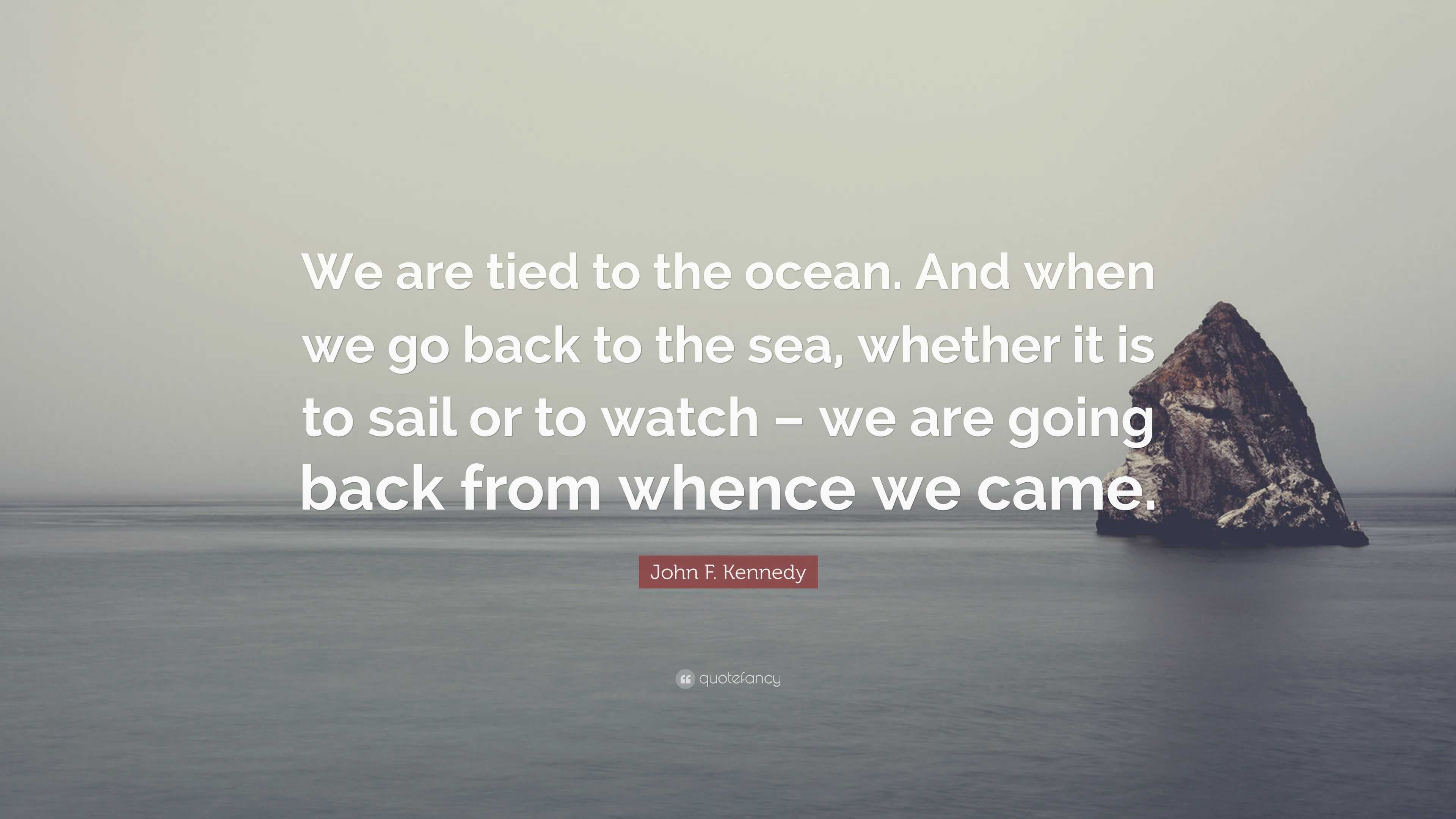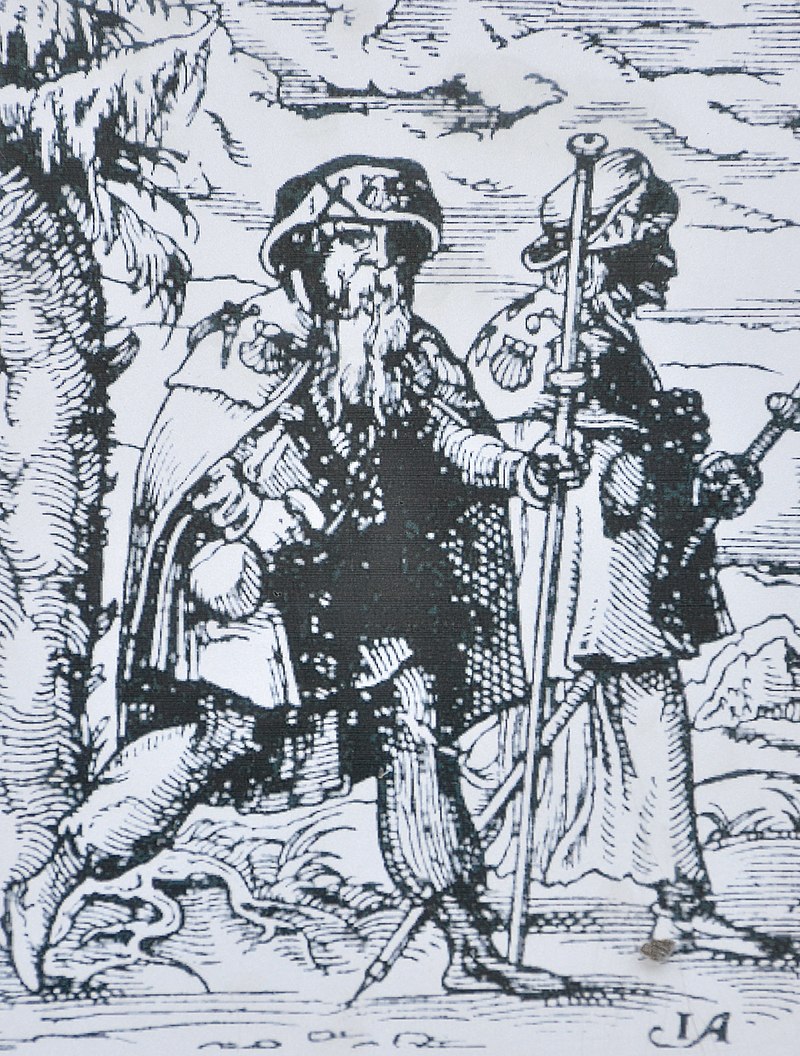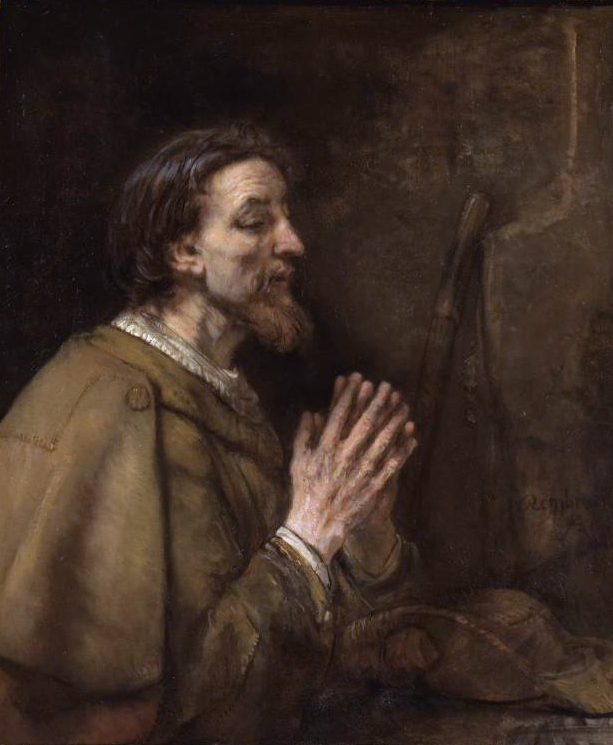I’m going east to explore Spain. (That’s where Columbus – center – started west to explore us…)
* * * *
Welcome to “read the Bible – expand your mind:”
This blog has three main themes. The first is that God will accept anyone. (See John 6:37.) The second is that God wants us all to live lives of abundance. (See John 10:10.) The third is that God wants us to do even greater miracles than Jesus. (See John 14:12.)
And this thought ties them together:
The only way to live live abundantly and do greater miracles than Jesus is to read the Bible with an open mind. For more, see the notes below or – to expand your mind – see the Intro.
In the meantime:
 In less than 24 hours I’ll be winging my way from Atlanta to Madrid. (As in Spain.) From there I’ll take a train to Pamplona, from whence my brother and I will hike 450 miles in 30 days. (On the Camino de Santiago.)
In less than 24 hours I’ll be winging my way from Atlanta to Madrid. (As in Spain.) From there I’ll take a train to Pamplona, from whence my brother and I will hike 450 miles in 30 days. (On the Camino de Santiago.)
Which brings up the whole “whence we came” thing. (As illustrated above right.) That phrase is attributed – variously – to John F. Kennedy, James Baldwin, and Jesus.
John F. Kennedy put it this way: “When we go back to the sea … we are going back from whence we came.” And James Baldwin said, “If you know whence you came, there are absolutely no limitations to where you can go.” Jesus said – in the King James Version of John 8:14 – “I know whence I came, and whither I go; but ye cannot tell whence I come, and whither I go.”
But unlike Jesus, many of us have no idea – spiritually – “whence we came.”
Which pretty much sums up the whole idea of going on a pilgrimage. Put another way, both the Bible and a good pilgrimage can help answer life’s three biggest questions: “where did I come from, who am I, and where am I going.” (See Where Did I Come From? – Wommack Ministries.)

To go on pilgrimage is not simply to visit a place to admire its treasures of nature, art or history. To go on pilgrimage really means to step out of ourselves in order to encounter God where he has revealed himself… Above all, Christians go on pilgrimage [for example] to Compostela,* which, associated with the memory of Saint James, has welcomed pilgrims from throughout the world who desire to strengthen their spirit with the Apostle’s witness of faith and love.
The point of all this being that – in hiking Spain – I’ll be going back where the American Journey began. You could say it began when one Chris Columbus met “Isabella I of Castile and Ferdinand II of Aragon.” In another sense you could say I’m heading back to explore “whence we all came.” (All we Americans that is; metaphorically anyway.)
Or finally, you could say all this brings up St. James, Steinbeck, and sluts.
 That is, St. James the Greater – for whom the Camino de Santiago is named – is the Patron Saint of Pilgrims. For example, in the picture at right, St. James is seen accoutred as a pilgrim, complete with the accessories “needed for a task or journey.” That is, he is shown wearing a pilgrim’s hat and with a walking stick in the background. See Wikipedia:
That is, St. James the Greater – for whom the Camino de Santiago is named – is the Patron Saint of Pilgrims. For example, in the picture at right, St. James is seen accoutred as a pilgrim, complete with the accessories “needed for a task or journey.” That is, he is shown wearing a pilgrim’s hat and with a walking stick in the background. See Wikipedia:
A pilgrim … is a traveler (literally one who has come from afar) who is on a journey to a holy place. Typically, this is a physical journeying (often on foot) to some place of special significance to the adherent of a particular religious belief system. In the spiritual literature of Christianity, the concept of pilgrim and pilgrimage may refer to the experience of life in the world (…as a period of exile) or to the inner path of the spiritual aspirant from a state of wretchedness to a state of beatitude.
See also Passages of the Soul: Ritual Today, by James Roose-Evans. That book noted that all true ritual – including but not limited to religious – “calls for discipline, patience, perseverance, leading to the discovery of the self within.” It added that a pilgrimage “may be described as a ritual on the move.” That is, through “the raw experience of hunger, cold, lack of sleep,” we can – on a pilgrimage – quite often find a sense of our fragility as mere human beings.
And finally, the book noted that such a pilgrimage can be “one of the most chastening, but also one of the most liberating” of personal experiences. I’ll get back to you on all that, once I return home from Spain, on or about October 17. (And no doubt skinnier and more foot sore…)
Between then and now – and in closing this post – I’m not sure when I’ll get to do another one. (Another post that is, before I get home.) That is, I’m not sure how safe, secure and user-friendly are the “public” wi-fi connections in Spain. But in the meantime:
Here’s a map of my proposed route, of some 450 miles…
* * * *
.jpg)
My hike will start at Pamplona, at the lower right, for some 450 miles of hiking…
* * * *
The upper image is courtesy of Spain – Wikipedia. The caption: “Christopher Columbus meets Isabella I of Castile and Ferdinand II of Aragon in the Alhambra.”
Re: “Whence.” The Kennedy-quote image is courtesy of To sail or to watch – we are going back from whence we camequotefancy.com. Kennedy made the comments at the “Dinner for the America’s Cup Crews,” on September 14, 1962. Here’s the full quote:
I really don’t know why it is that all of us are so committed to the sea, except I think it’s because in addition to the fact that the sea changes, and the light changes, and ships change, it’s because we all came from the sea. And it is an interesting biological fact that all of us have in our veins the exact same percentage of salt in our blood that exists in the ocean, and, therefore, we have salt in our blood, in our sweat, in our tears. We are tied to the ocean. And when we go back to the sea – whether it is to sail or to watch it – we are going back from whence we came.
Re: “American Journey.” See also The American Journey: A History of the United States, the text book, not to be confused with American Journey, the “six-part orchestral composition” composed by John Williams and “commissioned by U.S. President Bill Clinton to accompany a multimedia presentation titled ‘The Unfinished Journey’ directed by Steven Spielberg for the 2000 ‘Millennium‘ celebrations.”
Re: “Back ‘whence we all came.’” Yeah, I know, the Vikings Beat Columbus to America, but they didn’t stick around very long. See Norse colonization of North America – Wikipedia:
The Norse colony in Greenland lasted for almost 500 years. Continental North American settlements were small and did not develop into permanent colonies. While voyages, for example to collect timber, are likely to have occurred for some time, there is no evidence of any lasting Norse settlements on mainland North America.
“Note” also that an asterisk in the main text indicates a statement supported by reference detailed in this “notes” section. Thus as to the Christian pilgrimage to Compostela: In my case, I’ll be hiking the 450 miles from is Pamplona to Santiago de Compostela. My hiking partnet – my brother – will be hiking further. He’ll hike over the Pyrenees, from Saint-Jean-Pied-de-Port in France, and meet me in Pamplona. So he’ll do 500 miles and I’ll do 450 miles. But personally I had enough mountain hiking last August. See On the Chilkoot &^%$# Trail! – Parts One and Two.)
The St. James image is courtesy of James, son of Zebedee – Wikipedia, with the full caption, “Saint James the Elder by Rembrandt[.] He is depicted clothed as a pilgrim; note the scallop shell on his shoulder and his staff and pilgrim’s hat beside him.”
The lower image is courtesy of Camino de Santiago 800 PROJECT: Map of the Routesilverarrow18.blogspot.com.
* * * *
As noted in the opening blurb, this blog has three main themes. The first is that God will accept anyone. (John 6:37.) The second is that God wants us to live abundantly. (John 10:10.) The third is that God wants us to do even greater miracles than Jesus did. (John 14:12).
A fourth main theme is that the only way to do all that is read the Bible with an open mind:
…closed-mindedness, or an unwillingness to consider new ideas, can result from the brain’s natural dislike for ambiguity. According to this view, the brain has a “search and destroy” relationship with ambiguity and evidence contradictory to people’s current beliefs tends to make them uncomfortable… Research confirms that belief-discrepant-closed-minded persons have less tolerance for cognitive inconsistency…
So in plain words, this blog takes issue with boot-camp Christians. They’re the Biblical literalists who never go “beyond the fundamentals.” But the Bible can offer so much more than their narrow reading can offer… (Unless you want to stay a Bible buck private all your life…)
Now, about “Boot-camp Christians.” See for example, Conservative Christian – “Career buck private?” The gist of that post is that starting the Bible is like Army Basic Training. You begin by “learning the fundamentals.” But after boot camp, you move on to Advanced Individual Training.
Also, and as noted in “Buck private,” I’d previously said the theme of this blog was that if you really want to be all that you can be, you need to go on and explore the “mystical side of Bible reading.*”
 In other words, exploring the mystical side of the Bible helps you “be all that you can be.” See Slogans of the U.S. Army – Wikipedia, re: the recruiting slogan from 1980 to 2001. The related image at left is courtesy of: “toywonders.com/productcart/pc/catalog/aw30.jpg.”
In other words, exploring the mystical side of the Bible helps you “be all that you can be.” See Slogans of the U.S. Army – Wikipedia, re: the recruiting slogan from 1980 to 2001. The related image at left is courtesy of: “toywonders.com/productcart/pc/catalog/aw30.jpg.”
* Re: “mystical.” As originally used, mysticism “referred to the Biblical liturgical, spiritual, and contemplative dimensions of early and medieval Christianity.” See Mysticism – Wikipedia, and the post On originalism. (“That’s what the Bible was originally about!”)
For an explanation of the Daily Office – where “Dorscribe” came from – see What’s a DOR?
